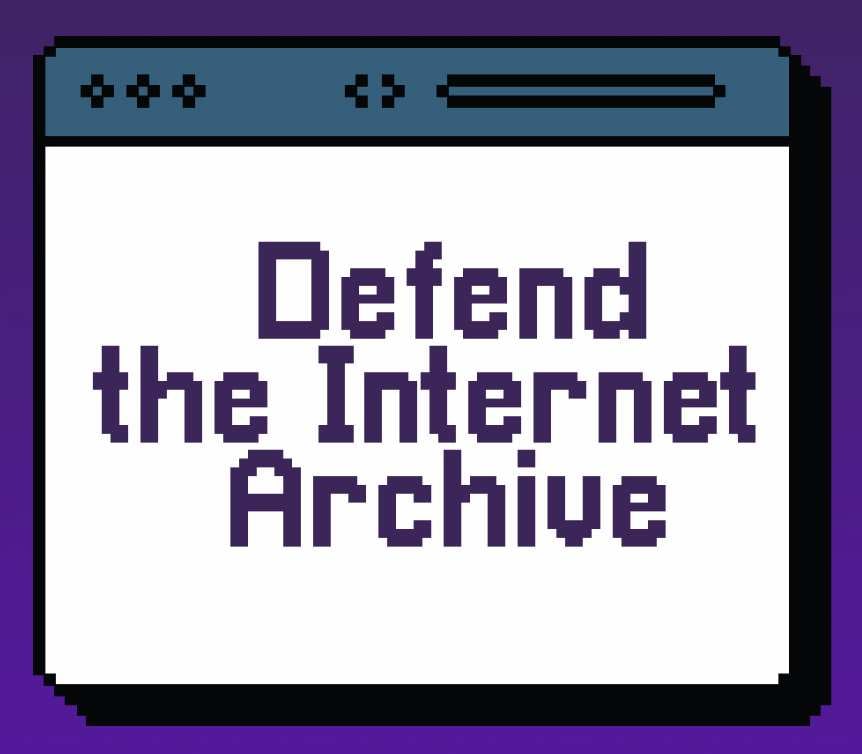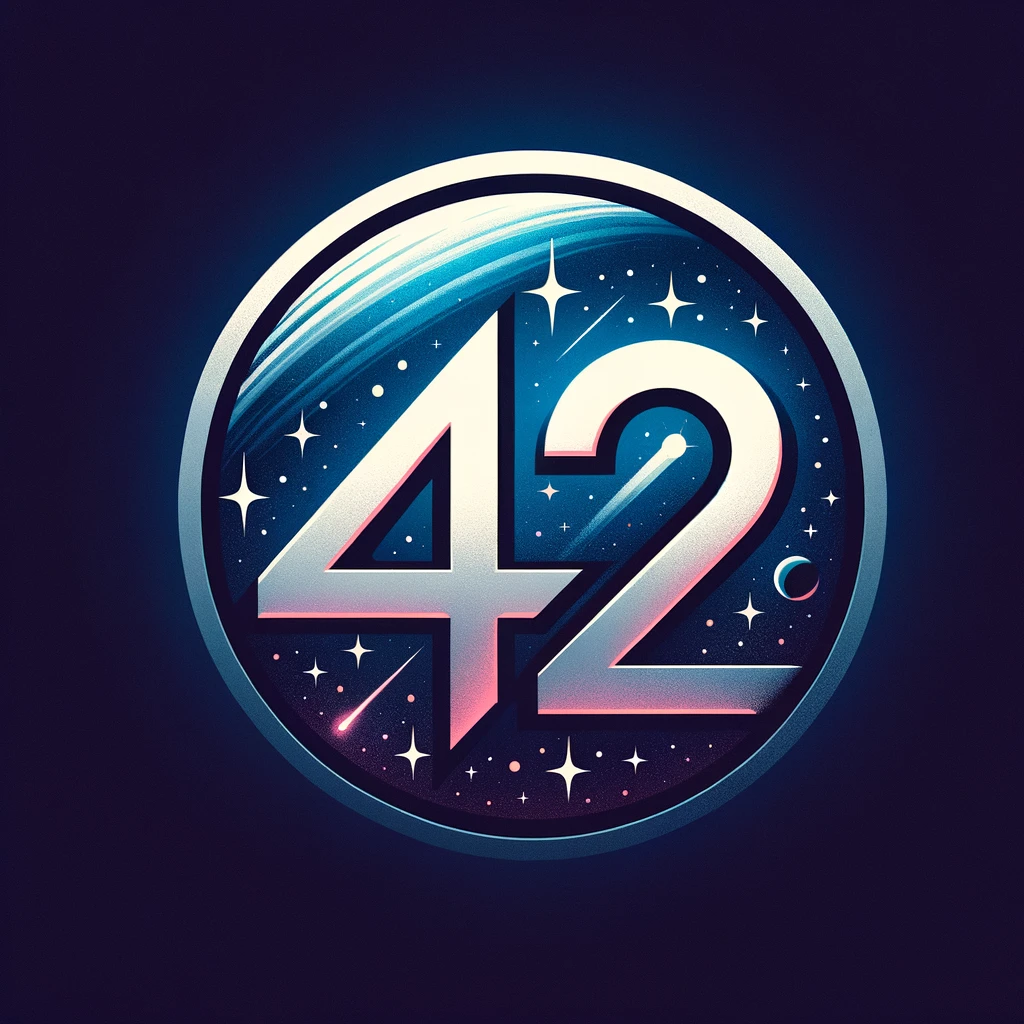In an effort to keep this short, I’ll keep details light.
Years back, when Google opened up Google Music to invite-only, I got an invite and joined up, copying about 600 audio CD’s into their care.
When they shut down Play Music (as it had become known), and transitioned to YouTube Music, I bailed and said fuck it. I didn’t want to deal with whatever YT had in store for me.
Fast forward to last week, and I realized that my uploads were still visibly in YT Music. I thought they would have been disappeared, but as they weren’t, I jumped over to Google Takeout and configured a 40GB download of my music.
This prompted two discoveries:
-
I hadn’t realized just how much music I was missing that I used to play often. I have been rediscovering so much incredible music!
-
Despite my music being completely ID3 tagged when uploaded, and remaining that way when in the cloud, and still showing all that metadata in YTM, Google Takout gave me my music files in one big flat folder.
So because of point #2, I have spent the better part of a week working with Muscibrainz Picard to properly re-identify my music.
On one hand, I am very pleased to have my music back. The CD’s are still in my possession, but in storage about 2,000 miles away from me. I don’t even own a CD player anymore…
On the other hand, If Google had simply kept the music in album-specific folders, I would have had no trouble, but instead, here I am.
Why does that matter, you may ask? Well, my media player (Strawberry v.1.0.21) does a wonderful job of scanning already-applied metadata, but didn’t know what to do with close to 3k of files.
For example, I have one artist’s entire discography from 1991 up to 2012, which includes 27 albums, four of them live performances. So in the flat folder, I have “Good Song.mp3,” “Good Song(1).mp3,” “Good Song(2).mp3,” “Good Song(3).mp3,” “Good Song(4).mp3” etc. For some reason, Google stripped out some metadata, and even Picard can’t really help automate this, so I’ve been manually identifying (listening) to tracks and rebuilding the library.
This has been most tedious in cases like above, where a studio album inexplicably has a live track replacing the “normal” track. It’s not really a bad thing for me to have to listen to my music in it’s entirety, but it definitely didn’t have to be this way.
Lastly, in keeping with my title, I want to point out that not one of my purchased albums was available for download. I checked all boxes with YT except videos, but only received an “uploaded” folder with all my physically-owned albums. It’s pretty frustrating, even with this pleasant surprise that my uploaded albums are available, the loss of purchased titles is a suck I didn’t expect (but in hindsight, should have).
A Final Note: I only have about 200 songs left to ID and organize, so any helpful suggestions to help me are moot at this point. I’ll close by saying that I had hoped Picard’s AcoustID would have helped more, but it often split one album into three or more different releases that I then had to reorganize manually.
This right here is the fail safe that all these SaaS, PaaS, IaaS, and other aaS offerings have inherently built into themselves. They make it so “easy” to get your data (as they put it) but so fucking mind-numbingly annoying to have it any kind of usable/archive-able format.
If I want to move my data from one platform to something else, it shouldn’t involve a Six Sigma certified consultant, a bag of bespoke tools, and a sacrificial offering. This isn’t a CRM migration at a multi-national conglomerate, I just want my files (you can have em!) in a usable format (they’ll work!) correctly named and structured (yeah, no…)
The average person isn’t going to go through the lengths you’ve gone through here; because they’ll try to and just go right back. I mean, the average person has a hard enough time getting affordable groceries…forget about a sacrificial blood letting.
Out of curiosity, how much time did you spend researching as you went through this process of hitting speedbump after speedbump?
You are absolutely correct about how these online offerings work. Its beyond frustrating, and most people would definitely not bother with what I went through. I suspect they’d be discouraged and give up pong before me.
Out of curiosity, how much time did you spend researching as you went through this process of hitting speedbump after speedbump?
That’s a great question. It was evening when the download completed, and by noon of the next day, I realized that my intended method would not be sufficient. I think it wasn’t until the third evening that I had Picard downloaded. I spent part of an evening learning how the system worked to get better recommendations and grouping. Before I found Picard, though, I bumbled through probably three or four tagger apps that weren’t really built to handle thousands of files at once, so reviewing proposed changes was unweildy. To undo the errant changes the apps made, I had to start over from the tarball.
All told, I think I had about 12 hours (over three or four days) into the process before I got it streamlined to where I am now. And Google could have simply preserved my metadata OR sent the files in “artist/album” folders.
Google could have simply preserved my metadata OR sent the files in “artist/album”
Which they most certainly can do. My condolences to the time you’ll never get back.
I suppose the silver lining is familiarity with a new set of tools and mechanisms for working through arduous minutia of it all. Could be a pretty neat utility if it could all be packaged up.
This is a good reason to host your own media server.
Check out Lidarr for library organization, and either plex or jellyfin for playing it.
It can be hosted on pretty much anything that can run Linux.
All my gear is in storage now. I only have my laptop and my Nvidia Shield Pro 2015. Central America is can be hard to get tech, and I need to travel light anyway, so local storage is all I have access to for the next few years.
Since some may want to critique my process, here is how I merged the takeout media into my current library:
- Install Clementine and pointed to takeout folder (Didn’t want to risk confusing Strawberry with so many untagged media files)
- Quickly discovered Clem couldn’t ID most tracks properly.
- Installed several “Tagger” flatpaks with varying levels of success, which led me to discover musicbrainz
- Further research led me to Picard, which I set to work ID’ing all my files, but which quickly became too cumbersome to review all those changes
- I then resolved to bring in single artists at a time, and knowing which albums I owned (70% of the time), I could correct the mis-ID’s tracks. There were a LOT of these, though. It was often that a genuine studio album’s tracks were instead ID’d as a compilation greatest hits album, and I would have to change that.
- When Picard had ID’d tracks, I would “SAVE” the change, including a move to my ~/Music/temp/ folder, where Strawberry would pick it up, then I could use Strawberry’s “Organise Files” feature to move the files to their final location with the
%albumartist/%album{ (Disc %disc)}/{%track - }%title.%extensionformat.
The hardest chunk of my collection to organize and ID was my collection of Johnny Cash albums spanning the 60’s to the 2010’s. Picard really wanted me to have fifteen different version of each album in some cases. Track 1,3,7 on one album, track 2,4,5,11 on another, track 6,8,9,10 … you get the point. It was a shame to find that Acoustic ID is not useful here. I wonder if I did something wrong, or if the database has been made useless by users who misidentified their music and submitted their fingerprints. I don’t know. The only solution to this would be for me to have my physical discs in my lap and comparing their catalog numbers to the list of available options in Picard.
That said, Picard was still the best match in most cases, and the flexibility of the interface, in addition to the lack of crashing and errors made it the best tool I found to use.
I also had this happen and ended up using a combination of Picard and Winyl to get everything sorted back out. Took way too long though, considering that I also had them immaculately cataloged before giving them to Google Music. Makes me super nervous about my Photos.
I knew it couldn’t be just me going through this. One folder with thousands of tracks, some with track numbers, but none with artist or album in the title, and most without the same level of tagging that I had uploaded. I’m guessing that something was lost in the GPM>YTM migration?
That’s a really good point about Photos. My next move is likely to migrate to Ente(.io), but as a pixel user, I’m still enjoying unlimited storage saver and am dragging my feet.



